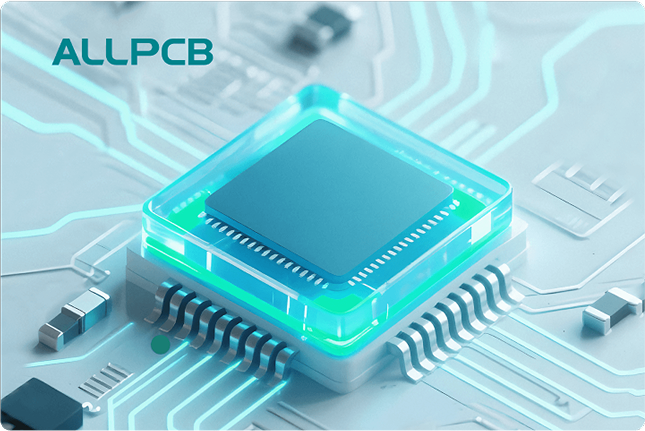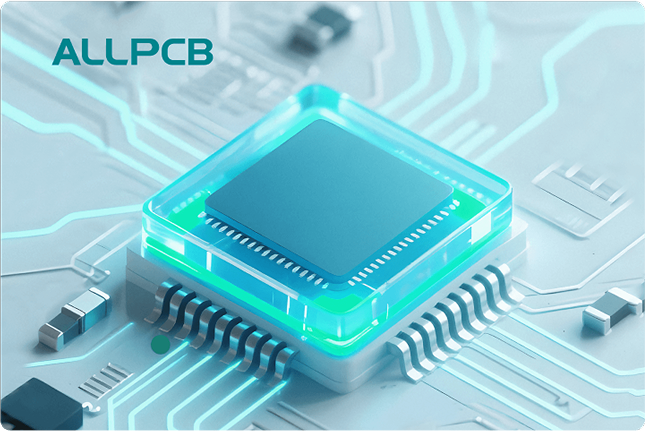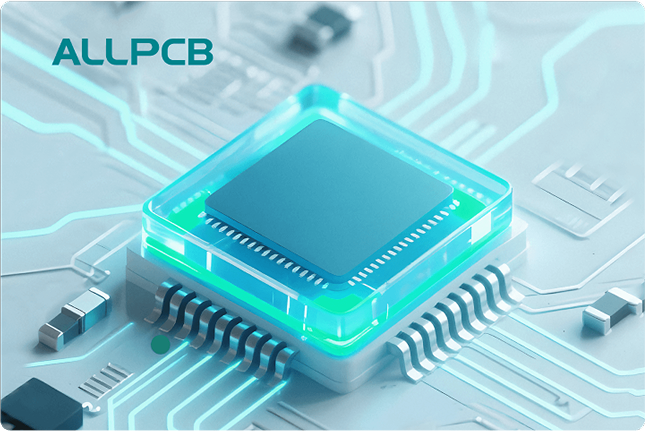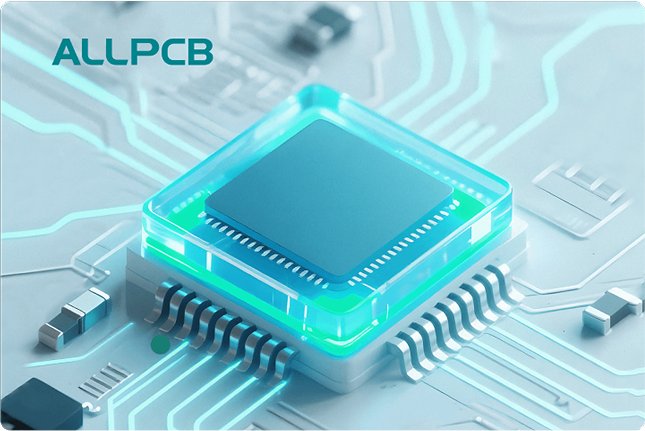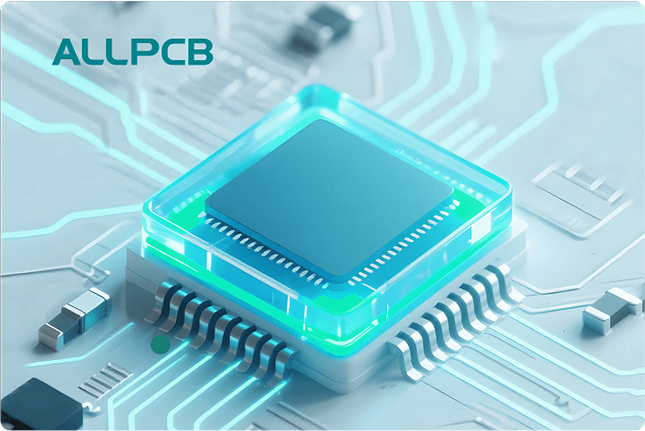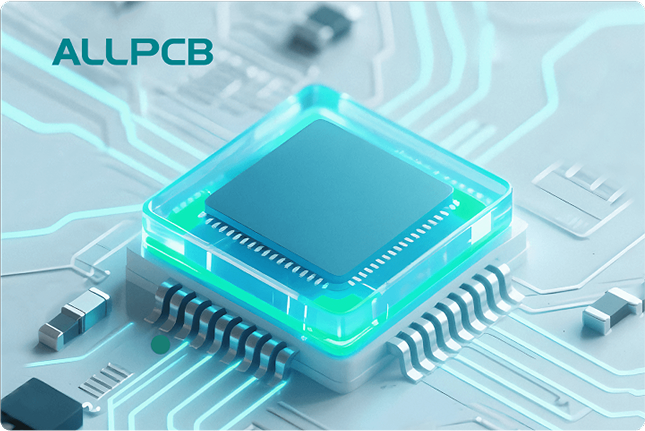When it comes to assembling printed circuit boards (PCBs), choosing the right soldering method is critical for ensuring quality, efficiency, and cost-effectiveness. Two popular techniques, selective soldering and wave soldering, often come up in discussions about PCB assembly. So, which one is right for your PCB project? In short, selective soldering is ideal for precision and complex boards with mixed components, while wave soldering excels in high-volume production of simpler designs with through-hole components. This blog dives deep into the differences, advantages, and applications of these PCB soldering methods to help you make an informed decision.
Introduction to PCB Soldering Methods
Soldering is the process of joining electronic components to a PCB by melting a filler metal (solder) to create a strong electrical and mechanical connection. The method you choose can impact the quality of the final product, production speed, and overall costs. Among the various soldering techniques, selective soldering and wave soldering stand out as two widely used approaches, especially for through-hole components. Understanding their differences is key to optimizing your PCB assembly process. In this post, we’ll explore a detailed soldering comparison, focusing on selective soldering vs. wave soldering, and highlight their unique advantages to guide your decision.

What is Wave Soldering?
Wave soldering, often called flow soldering, is a traditional method used primarily for through-hole components on PCBs. In this process, the PCB is passed over a wave of molten solder, which connects the component leads to the board’s pads. The process typically involves several steps: applying flux to clean the board, preheating to activate the flux and prevent thermal shock, and finally passing the board over the solder wave. Wave soldering is often performed in a protective gas atmosphere, like nitrogen, to minimize solder defects such as oxidation.
This method is highly efficient for mass production. It can handle large batches of PCBs quickly, making it a go-to choice for high-volume manufacturing of simpler board designs. However, it solders all exposed through-hole joints at once, which can be a limitation for boards with sensitive components or mixed technology (through-hole and surface-mount components).
Wave Soldering Advantages
- High-Speed Production: Wave soldering can process hundreds of boards per hour, making it ideal for large-scale manufacturing. For example, a typical wave soldering machine can handle up to 200-300 boards per hour depending on the setup.
- Cost-Effective for Volume: Due to its speed and automation, it reduces labor costs in high-volume runs, often lowering the per-unit cost significantly.
- Reliable for Through-Hole Components: It ensures consistent soldering for through-hole parts, which are common in power electronics and older designs.
- Reduced Defects with Nitrogen Use: Using a nitrogen atmosphere can cut defect rates by up to 30%, as it prevents oxidation during soldering.
Wave Soldering Disadvantages
- Limited Precision: It solders all exposed areas, which can damage sensitive components or interfere with nearby surface-mount devices (SMDs).
- Not Ideal for Complex Boards: Mixed-technology boards often require masking or additional processes to protect certain areas, increasing time and cost.
- Thermal Stress: The high heat from the solder wave can stress components, potentially leading to failures in delicate parts.
Suggested Image Placement: Include an image here of a wave soldering machine with a PCB passing over the molten solder wave.

What is Selective Soldering?
Selective soldering, sometimes referred to as miniature wave soldering, is a more modern and precise technique. It targets specific through-hole joints on a PCB using a small, programmable solder nozzle or fountain. This method allows for pinpoint accuracy, soldering only the desired areas while avoiding nearby components. The process involves applying flux to specific spots, preheating the board, and then using the nozzle to apply molten solder to individual joints.
Selective soldering is particularly useful for complex PCBs that combine through-hole and surface-mount components. Its precision makes it a preferred choice for low-to-medium volume production or boards with high-density layouts where protecting sensitive parts is critical.
Selective Soldering Advantages
- High Precision: It solders only specific joints, protecting nearby SMDs and sensitive components from heat damage. This is crucial for boards with tight spacing, often under 1 mm between components.
- Flexibility for Complex Designs: Ideal for mixed-technology boards, as it can handle intricate layouts without requiring masking or additional steps.
- Reduced Thermal Stress: By targeting only specific areas, it minimizes heat exposure, reducing the risk of component damage by up to 40% compared to wave soldering.
- Improved Quality: Programmable nozzles ensure consistent solder joints, with defect rates often below 1% in well-optimized setups.
Selective Soldering Disadvantages
- Slower Process: It solders joints individually, making it slower than wave soldering. A typical machine might process only 20-50 boards per hour.
- Higher Initial Cost: The equipment and setup for selective soldering are more expensive, which can be a barrier for small-scale projects.
- Complex Programming: Setting up the machine requires detailed programming to target specific joints, adding to the preparation time.
Selective Soldering vs. Wave Soldering: Key Differences
While both methods are used for soldering through-hole components, their approaches and applications differ significantly. Here’s a detailed soldering comparison to highlight the key distinctions between selective soldering vs. wave soldering:
| Criteria | Wave Soldering | Selective Soldering |
|---|---|---|
| Process Speed | Fast, ideal for high-volume (200-300 boards/hour) | Slower, better for low-to-medium volume (20-50 boards/hour) |
| Precision | Low, solders all exposed areas | High, targets specific joints |
| Suitability for Complex Boards | Limited, struggles with mixed-technology designs | Excellent, handles intricate layouts |
| Thermal Impact | Higher risk of thermal stress | Lower risk, minimal heat exposure |
| Cost | Lower cost per unit in high volume | Higher initial and per-unit cost |
This comparison shows that your choice depends on the specific needs of your project. If speed and cost are priorities for a large run of simple boards, wave soldering might be the way to go. However, for precision and complex designs, selective soldering offers unmatched benefits.
When to Choose Wave Soldering for Your PCB
Wave soldering shines in scenarios where speed and volume are critical. Consider this method if:
- Your project involves high-volume production of PCBs with primarily through-hole components.
- The board design is relatively simple, without dense layouts or mixed-technology components.
- Cost per unit is a major concern, and you need to minimize production expenses.
For instance, wave soldering is often used in manufacturing consumer electronics like power supplies or basic control boards, where thousands of identical units are produced. Its ability to handle large batches quickly can save significant time and money in such cases.
When to Choose Selective Soldering for Your PCB
Selective soldering is the better choice when precision and flexibility are more important than speed. Opt for this method if:
- Your PCB design includes mixed-technology components (both through-hole and SMDs) in close proximity.
- You’re working on low-to-medium volume production or prototypes where quality outweighs speed.
- The board has sensitive components that could be damaged by excessive heat.
This method is commonly used in industries like automotive electronics or medical devices, where PCBs often have complex layouts and require high reliability. The ability to target specific joints ensures that delicate parts remain safe during the soldering process.

Factors to Consider When Choosing a Soldering Method
Deciding between selective soldering and wave soldering isn’t always straightforward. Here are some key factors to evaluate for your PCB project:
- Production Volume: High-volume runs favor wave soldering for its speed, while smaller runs or prototypes benefit from selective soldering’s precision.
- Board Complexity: Dense or mixed-technology boards often require selective soldering to avoid damaging components.
- Budget Constraints: Wave soldering is generally more cost-effective for large batches, while selective soldering may involve higher upfront costs.
- Component Sensitivity: If your board includes heat-sensitive parts, selective soldering minimizes thermal risks.
- Quality Requirements: For applications where reliability is critical, such as aerospace or medical devices, selective soldering’s lower defect rate can be a deciding factor.
How These Methods Impact PCB Quality and Cost
The soldering method you choose directly affects both the quality and cost of your PCB assembly. Wave soldering, while faster and cheaper for large volumes, can lead to higher defect rates (around 2-5% in some setups) due to thermal stress or unintended soldering of nearby areas. These defects might require rework, adding to the overall cost and time.
On the other hand, selective soldering offers superior quality with defect rates often below 1%, thanks to its targeted approach. However, the slower speed and higher equipment cost can drive up expenses, especially for larger production runs. Balancing these factors is essential to achieving the best outcome for your project.
Conclusion: Making the Right Choice for Your PCB Project
Choosing between selective soldering and wave soldering comes down to the specific needs of your PCB project. If you’re focused on high-volume production of simpler boards and need to keep costs low, wave soldering offers significant advantages with its speed and efficiency. However, for complex designs, mixed-technology boards, or projects where precision and quality are non-negotiable, selective soldering stands out as the better option.
By understanding the strengths and limitations of these PCB soldering methods, you can make a decision that aligns with your production goals and quality standards. Whether you prioritize speed or precision, the right soldering technique will ensure your PCBs meet performance expectations while staying within budget. For tailored advice on your next project, consider consulting with experts who can analyze your board design and recommend the most suitable approach.
 ALLPCB
ALLPCB


